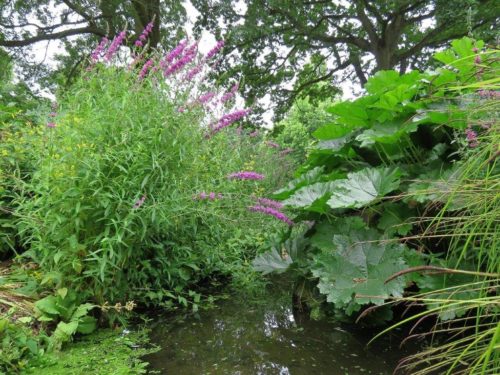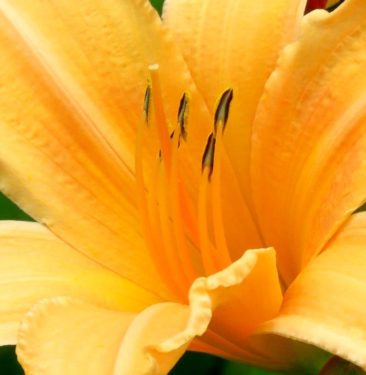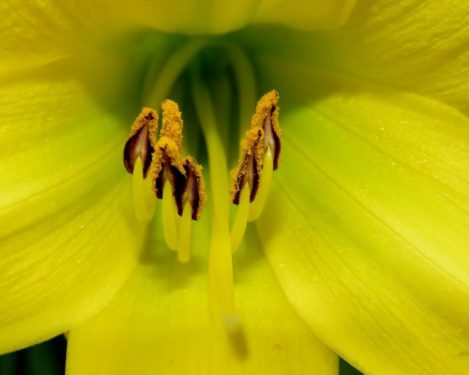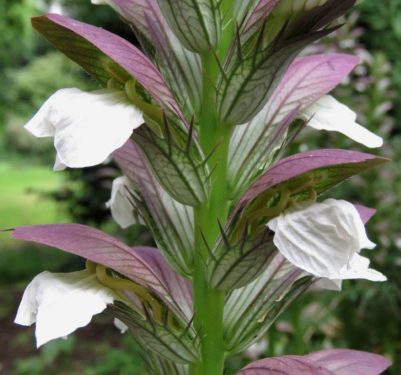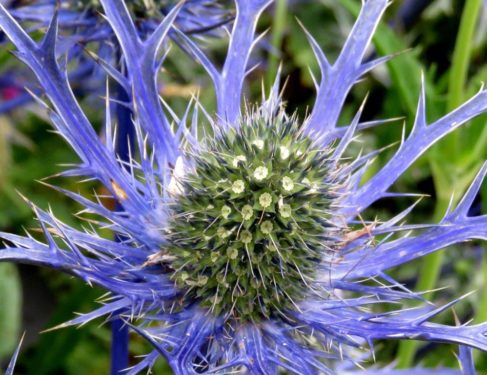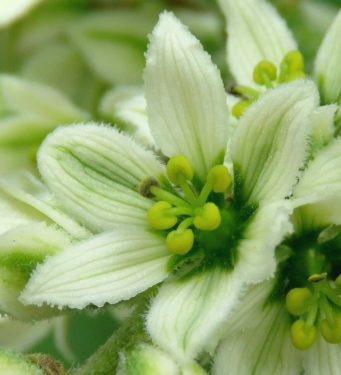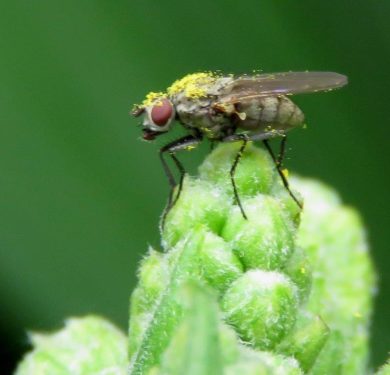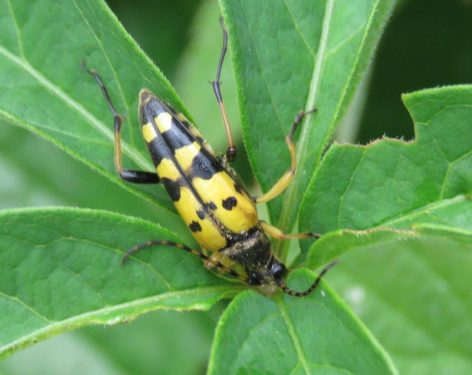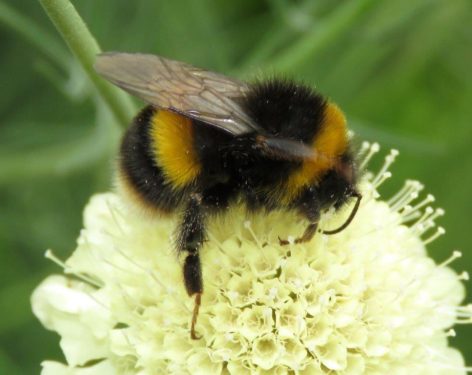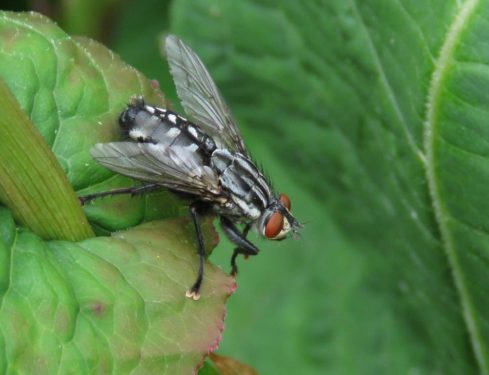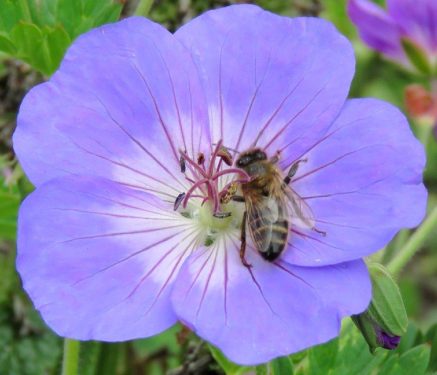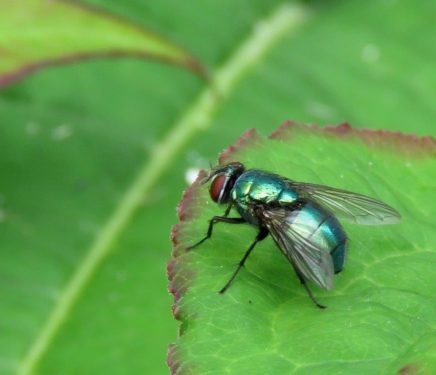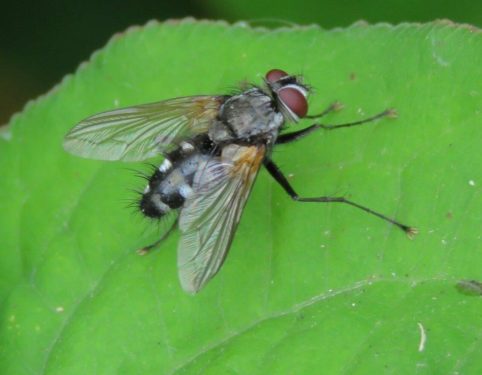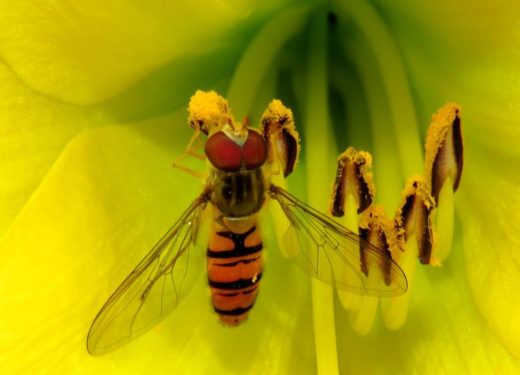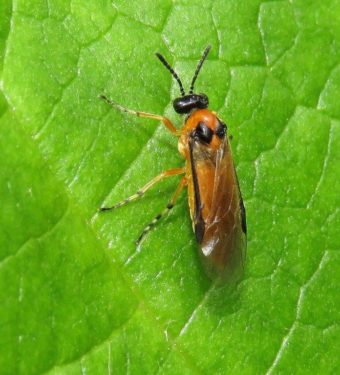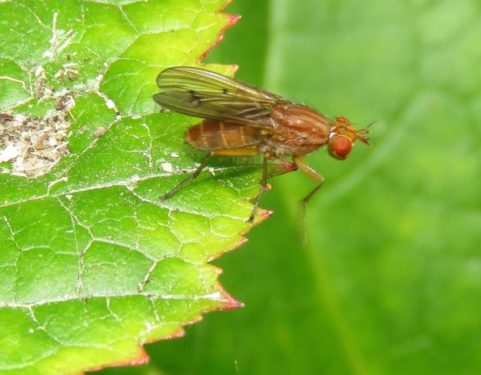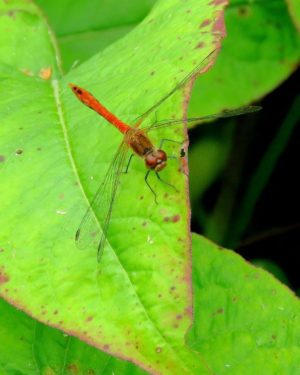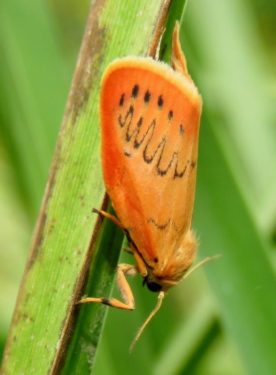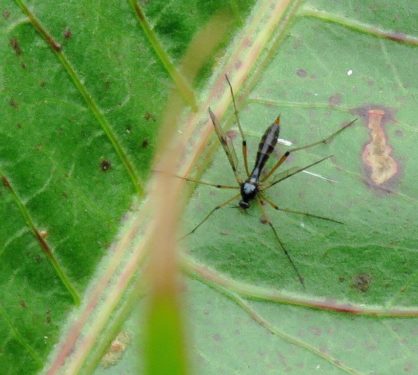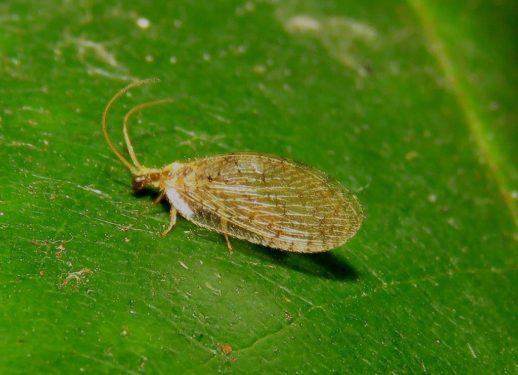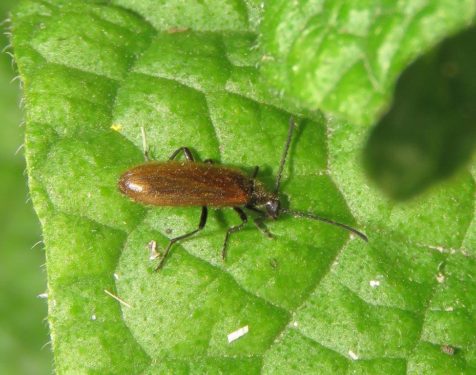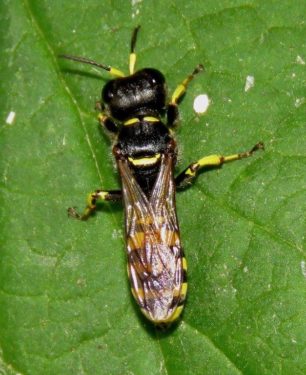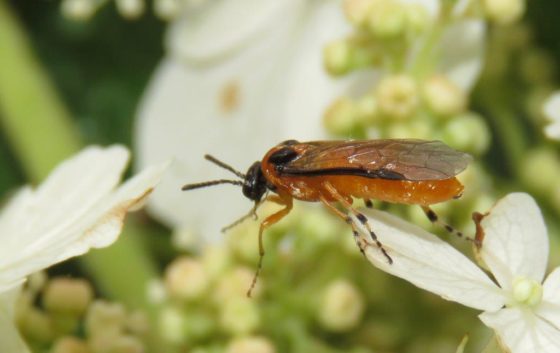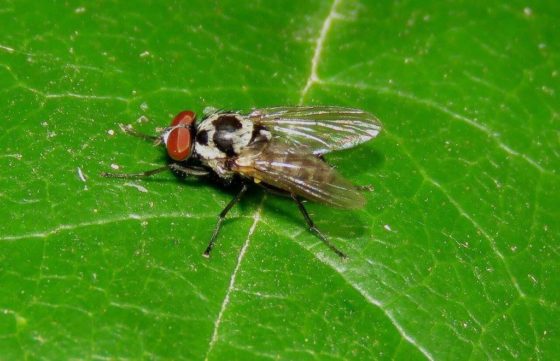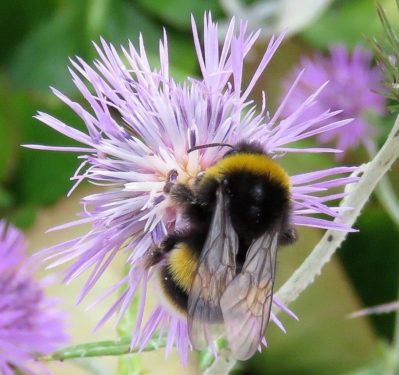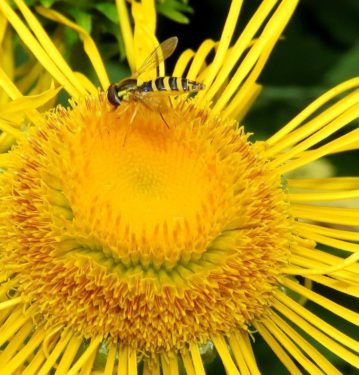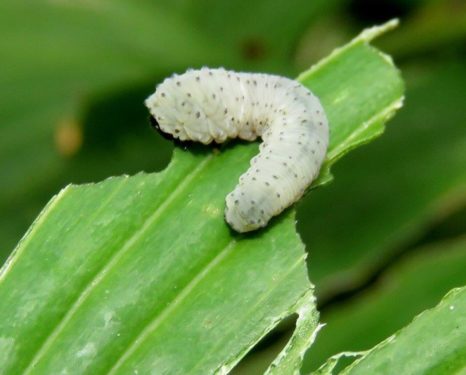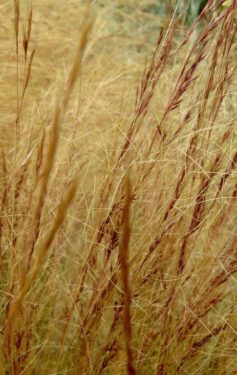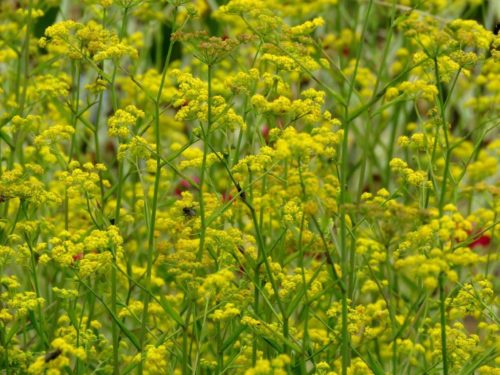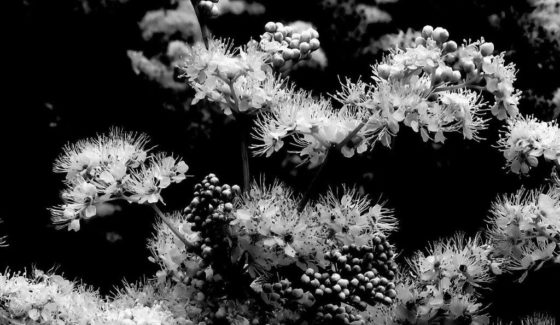It’s a garden, so yes there were flowers. Spectacular blooms, interesting forms, a multicultural mix of plants from over much of the world.
But it wasn’t the flowers themselves which grabbed our attention this time. It was the insects, burgeoning biodiversity benefitting from the floral resources, and repaying the debt with pollination and pest control, sprinkling the garden with stardust for anyone with an eye to see and appreciate them. No names here; indeed, we don’t even know some of them. But names are not the point: what is important is that they are here, delighting us, inspiring us, and doing their jobs.
This unpaid army of garden workers, not just bumblebees and honeybees, but solitary bees and wasps, sawflies, beetles, lacewings and a whole lot more are all too easily overlooked and ignored. And abused.
So it is good to hear that there are changes underway in the garden management phlosophy and practice at Beth Chatto’s. A trend away from over-tidiness and manicuring. No more slug pellets. Progressive reduction in the use of sprays, those poisons which now drench our world and threaten its life-blood. Step by step, every step of the way is one more step on the road to a sustainable future. All it needs is a more relaxed mindset: there may be some holes in the Hostas, shredding of the Solomon’s–seal, but think of those as natural art installations, a badge of honour instead of a sign of ungardenerliness….
Would Beth have approved? Maybe, maybe not. She did of course come from a very different gardening era, when perhaps it seemed that it didn’t much matter what was done in the garden because there was abundant wildlife out there in the countryside. But no longer: as the wild world outside has become more and more depauperate, so have gardens assumed an increasing role as a haven for the little things that make the world go round. So thank you Beth Chatto Garden for moving with the times, and stepping up into your role as inspiration for gardens of the future.
